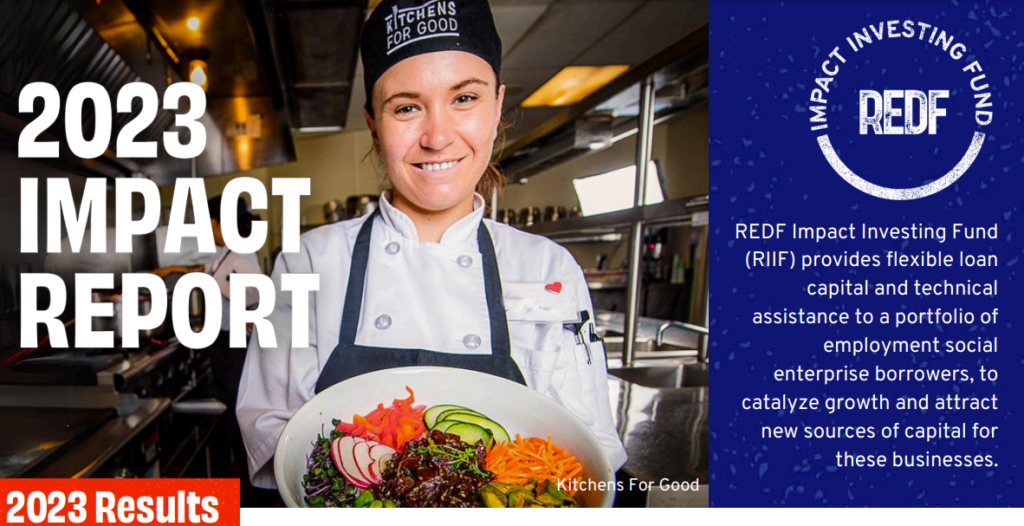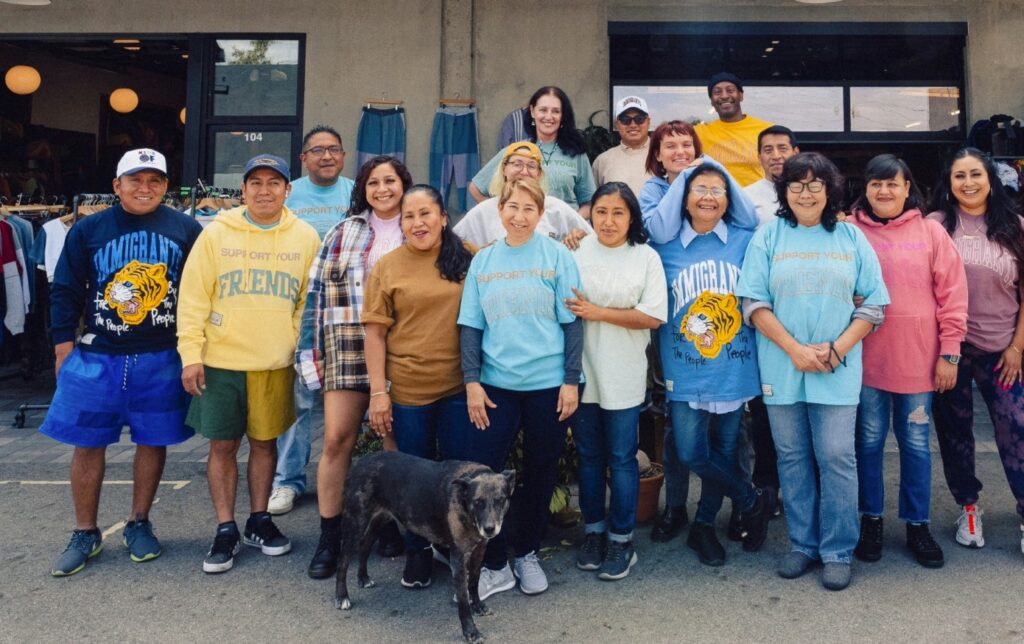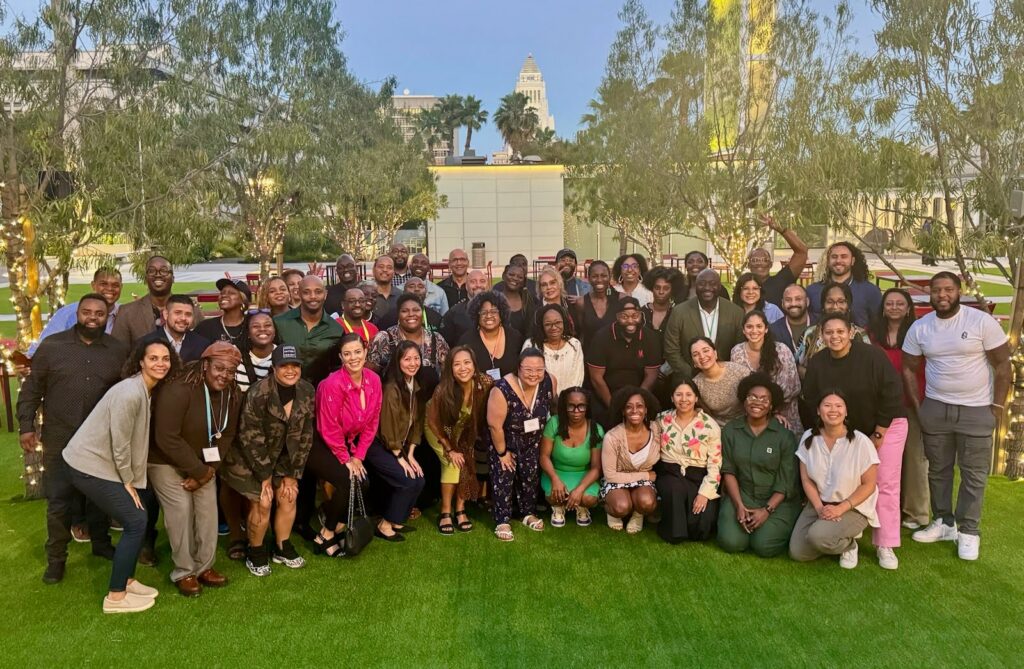My interest in REDF began even before I set foot in a business school classroom. As a joint policy and business student, I always valued an interdisciplinary approach to problem-solving. My prior work as a sustainability and future of work consultant had me cross paths with REDF prior to starting grad school!
In learning more about the organization, I became increasingly excited and impressed with REDF’s model for employment social enterprise investment and I knew that was where I wanted to be during my summer. The serendipitous connections — being in class with a current REDF Growth Portfolio manager and having a connection overlap with a Senior Manager — sealed the deal for me that REDF was the right choice for my summer experience.
For my Farber project, I had the incredible opportunity to work on an impact measurement strategy for GRID Alternatives of Los Angeles (GLA). It was an exciting project with the aim of developing a robust framework and implementation process for metrics-driven outcomes. In executing the project, I interviewed social enterprise leadership, digitized GLA’s data collection methodology, and built out a data visualization prototype for a September pilot. I anticipate that the GLA leadership will reap many benefits to implementing this strategy! Opportunities to measure progress effectively, position within the market, increase access to funding, and save time within the team are just some examples.
In the process of working with REDF this summer, I had a few major takeaways that I will carry with me to future roles:
- More data is not always better – In analyzing data availability, I learned that data access did not always equate to data quality. Having the right metrics and quality metrics was way more valuable than having more numbers that did not have strong implications for measurement.
- No need to start from scratch – Chances are, this is not the first time a specific problem has been encountered. Leveraging past lessons learned and project implementations were vital in putting together a successful strategy.
- Lean on your peers and existing networks – There is so much value in learning from the people you are working with in the Farber program, and the variety of backgrounds and expertise people bring to the table is amazing. I often called up my fellow cohort members to soundboard ideas and receive feedback and input that directly informed the outcome.
- Design with a human centered approach – Ultimately the GLA team knows how to serve their employees best. My role was to enhance the efficiency of doing so, but with the end stakeholder in mind, ultimately serving the employees and including their voice in the process.
Overall, working at REDF this summer was a wonderful experience that I would recommend to any MBA student with a heart for mission-driven organizations, strong purpose, and community impact.


